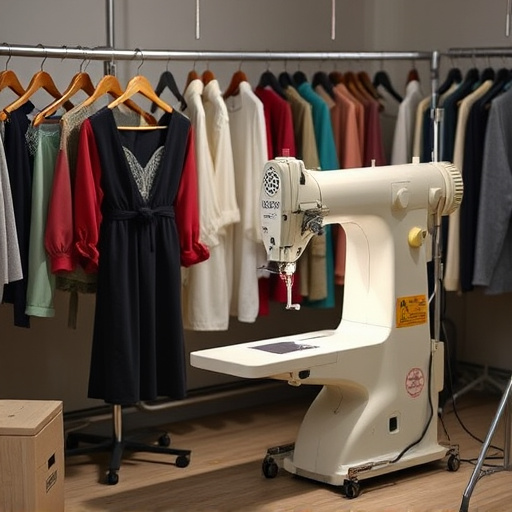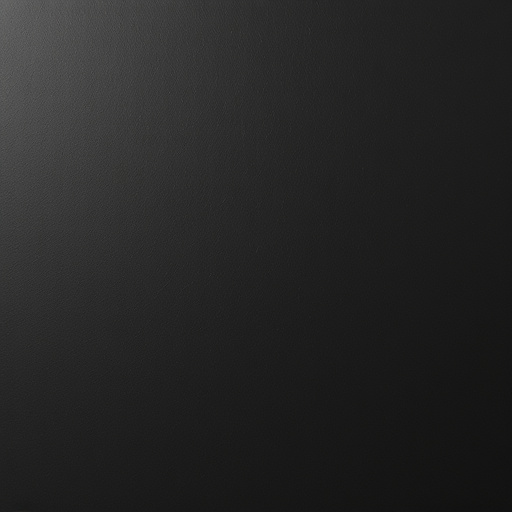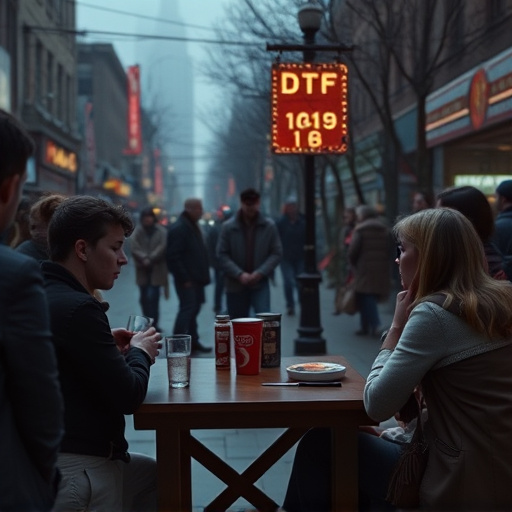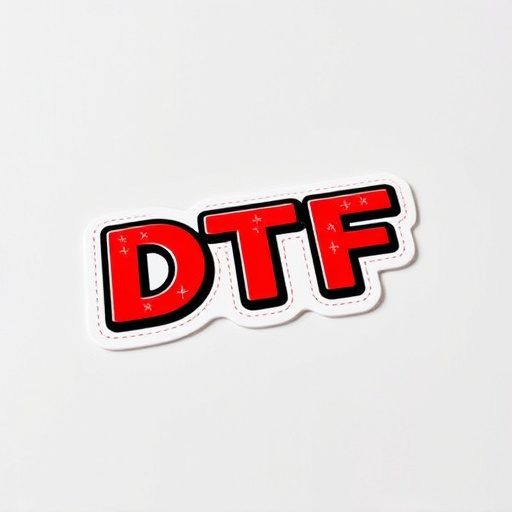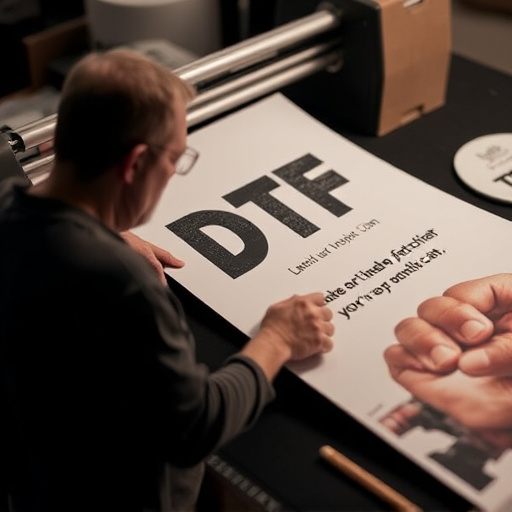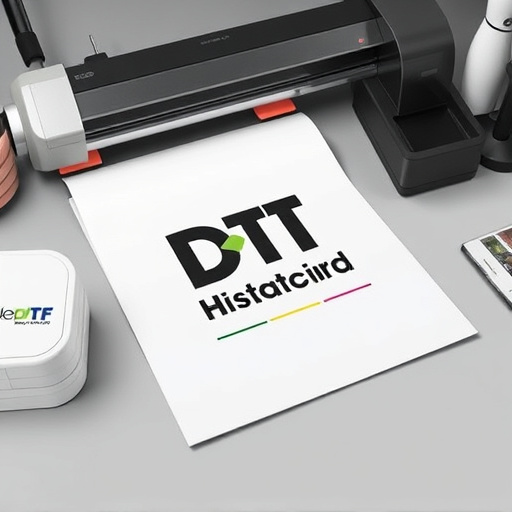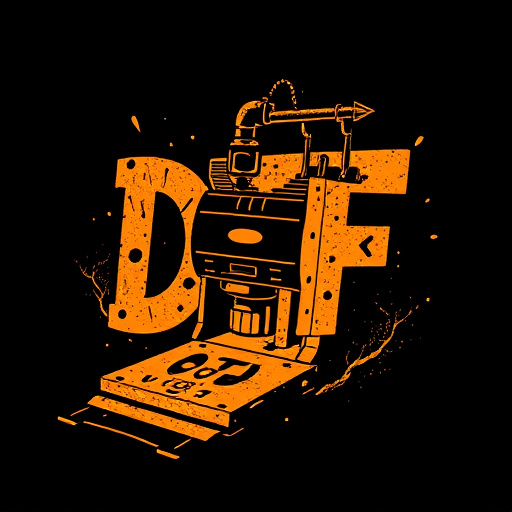Custom Direct to Film (DTF) transfers revolutionize garment printing with high-quality, intricate designs and wide color ranges. This technology prints images directly onto film, then transfers them to fabric using heat and pressure, ensuring durability. DTF offers versatility for small to large production scales and supports various fabric types, but its multi-step process can be time-consuming and costly. To maximize quality, prepare designs with high-resolution CMYK graphics, choose suitable fabrics, pre-treat garments, and use professional printing services specializing in DTF transfers.
Custom Direct to Film (DTF) transfers are transforming the garment industry, offering a unique way to achieve intricate designs. This article delves into the world of DTF technology, exploring its impact on garment aesthetics. We’ll uncover the pros and cons of this technique, from vibrant colors to potential issues like fading. Additionally, we provide best practices to ensure successful results, guiding you through the process for achieving exceptional custom DTF transfers.
- Understanding Custom Direct to Film Transfers (DTF)
- The Impact on Garment Appearance: Pros and Cons
- Best Practices for Achieving Desired Results with DTF Transfers
Understanding Custom Direct to Film Transfers (DTF)

Custom Direct to Film Transfers (DTF) have revolutionized garment printing, offering a unique and precise method for creating intricate designs. This technology involves transferring high-quality images directly onto a film, which is then applied to the fabric using heat and pressure. Unlike traditional methods, DTF allows for detailed, vibrant prints that can encompass a wide range of colors and textures. It’s particularly advantageous for small batches or custom orders, ensuring durable prints that withstand washing and wear.
DTF custom orders provide a level of versatility and accuracy hard to achieve with other printing techniques. The process starts with designing or selecting an image suitable for transfer, then it’s digitally printed onto the film. This film is then ready to press onto various garment types, making it an efficient solution for both small-scale and large-scale production. With dtf transfers ready to press, manufacturers can produce garments with custom designs that look as good as they last.
The Impact on Garment Appearance: Pros and Cons

Custom Direct to Film (DTF) transfers have revolutionized garment printing, offering a unique and versatile approach to enhancing textile appearance. The impact on garment aesthetics is significant, presenting both advantages and considerations for designers and manufacturers. One of the primary pros is the exceptional dtf print quality achievable, allowing for intricate details, vibrant colors, and crisp lines. This level of precision results in visually stunning designs that can transform ordinary garments into artistic statements. Moreover, DTF transfers enable printing on various fabrics and shapes, catering to diverse design needs.
However, there are some drawbacks to consider. The process involves multiple steps, including film preparation, exposure, and development, which can be time-consuming and require specialized equipment. This may increase production costs for dtf custom orders. Additionally, the longevity of the print is a concern; while DTF transfers offer good durability, they might not match the long-lasting vibrancy of other printing methods. Nonetheless, with proper care and treatment, these transfers can produce captivating garments that set trends in the fashion industry.
Best Practices for Achieving Desired Results with DTF Transfers

To achieve the best results with Custom Direct to Film (DTF) transfers on garments, it’s essential to follow several best practices. First, prepare your design files correctly; use high-resolution graphics and ensure the artwork is optimized for the material you’re printing on. This includes selecting the right color mode, typically CMYK for print, and adhering to minimum resolution requirements specified by your printer.
Additionally, consider garment selection carefully. Different fabrics have varying capabilities to accept DTF transfers, so choose a suitable fabric type that aligns with your design’s aesthetic and ensures a crisp, long-lasting print. Pre-treating garments according to the manufacturer’s instructions is also crucial for enhancing adhesion and preventing ink from bleeding or smudging. For those looking to place dtf custom orders or explore dtf custom apparel, opting for professional printing services that specialize in DTF transfers can significantly impact the final product’s quality. Efficient dtf online ordering processes further streamline the experience, allowing you to easily customize and order garments with precise, eye-catching DTF applications.
Custom Direct to Film (DTF) transfers offer a unique way to personalize garments, but their impact on appearance is varied. While they allow for intricate designs and vibrant colors, there are potential drawbacks like fading or misalignment. By understanding these factors and following best practices, such as using high-quality materials and precise printing techniques, you can achieve exceptional results with custom DTF transfers, ensuring your garments stand out while maintaining a professional finish.

